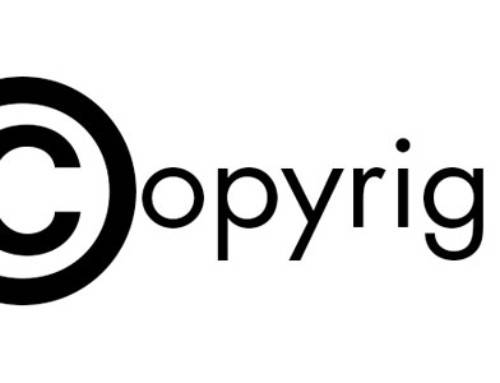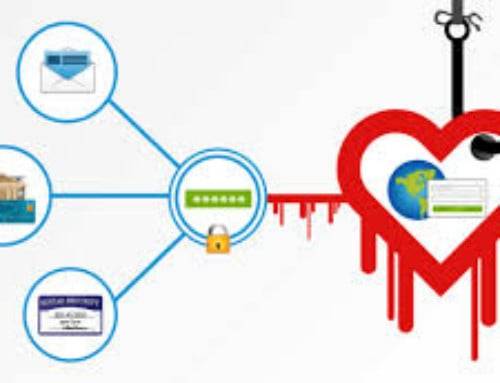 As more of the world goes online, more hackers crawl out of the woodwork to destroy businesses and steal private information for their own gain. But what can you do to protect your website from malice and malware? What measures should you take to safeguard all your finances and visitor data? Here are five tips for preventing a hack from the experts at Fox Web Creations.
As more of the world goes online, more hackers crawl out of the woodwork to destroy businesses and steal private information for their own gain. But what can you do to protect your website from malice and malware? What measures should you take to safeguard all your finances and visitor data? Here are five tips for preventing a hack from the experts at Fox Web Creations.
1: Stay Updated
You can’t just download a security program and call it a day. The Internet is ever-growing and ever-changing, which means that you should keep all your software updated to prevent hackers from exploiting old loopholes or finding new ways inside. You should also keep an eye out for “back doors” where hackers build themselves entry points into your system and use them again and again no matter how many times you upgrade your security. Once they have a foothold, they’re much harder to dislodge.
2: Keep Data Encrypted
Here at Fox Web Creations, we see a lot of Kansas City web design that doesn’t have strong encryption. This is a mistake: Without encryption, you’re leaving yourself vulnerable to keyloggers, data skimmers and “phishing” attacks. Do some research into SSL (secure socket layer) certificates and see if they can help your business stay afloat and stand strong against fraudulent action.
3: Watch Your Plugins
Plugins are one of the easiest ways for hackers to gain access to your data. All it takes is a single vulnerability in the originating software, and hackers will suddenly have thousands of its users to cheat and scam. This is a particular problem for sites like WordPress where users are encouraged to make use of existing templates and designs. Make sure you have WordPress protections if you’re using them as a platform.
4: Set Up System Alerts
Has the same IP address placed multiple orders with multiple credit cards? Does the same customer use different phone numbers for orders versus returns? They don’t have to be master hackers to take advantage of your business. Even amateurs can make you lose money if you haven’t set up system alerts that will ping you whenever there’s suspicious activity on your site. Again, they don’t have to be sophisticated efforts; even a simple code can stop a lot of fraud.
5: Have A Plan
The truth is that no website is completely invulnerable to attack. Even the strongest security can be breached. Advance planning, however, will keep you from losing your head when disaster strikes, especially if you give yourself steps and protocol to follow. For example, your first action after a hack may be to back up your database so no one can wipe it clean. The second may be to copy the malicious code in order to examine it later. The third may be to call your web host.
These are just five tips for safe web design in Kansas City. Whether you’re creating a blog or running an online business, it’s absolutely critical that you do everything you can to protect sensitive user information. If people don’t trust your website, they won’t come back again.










